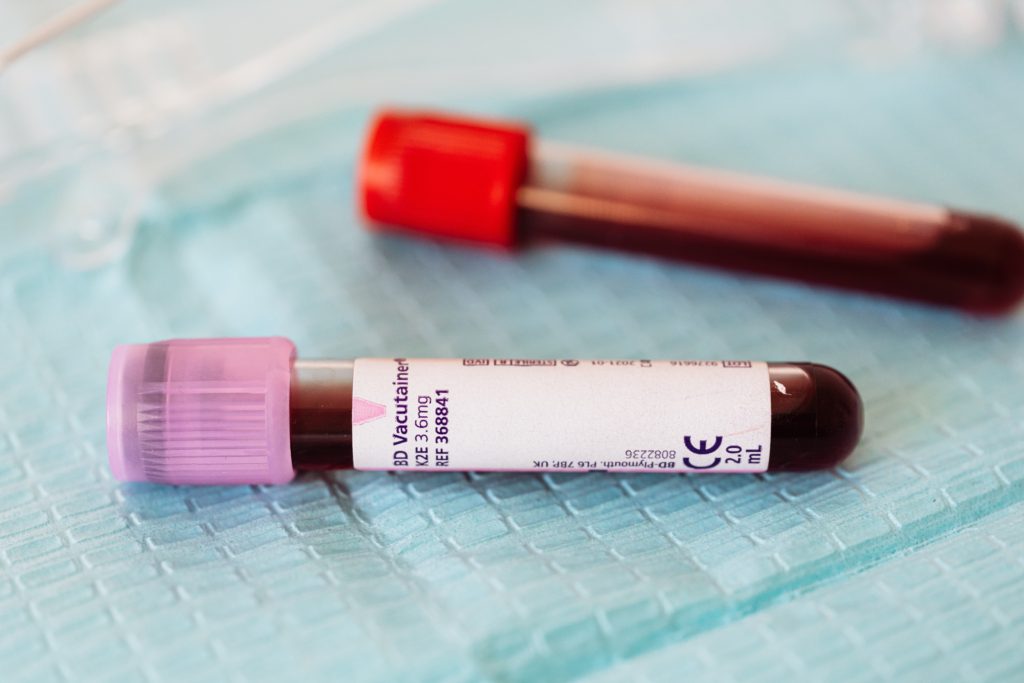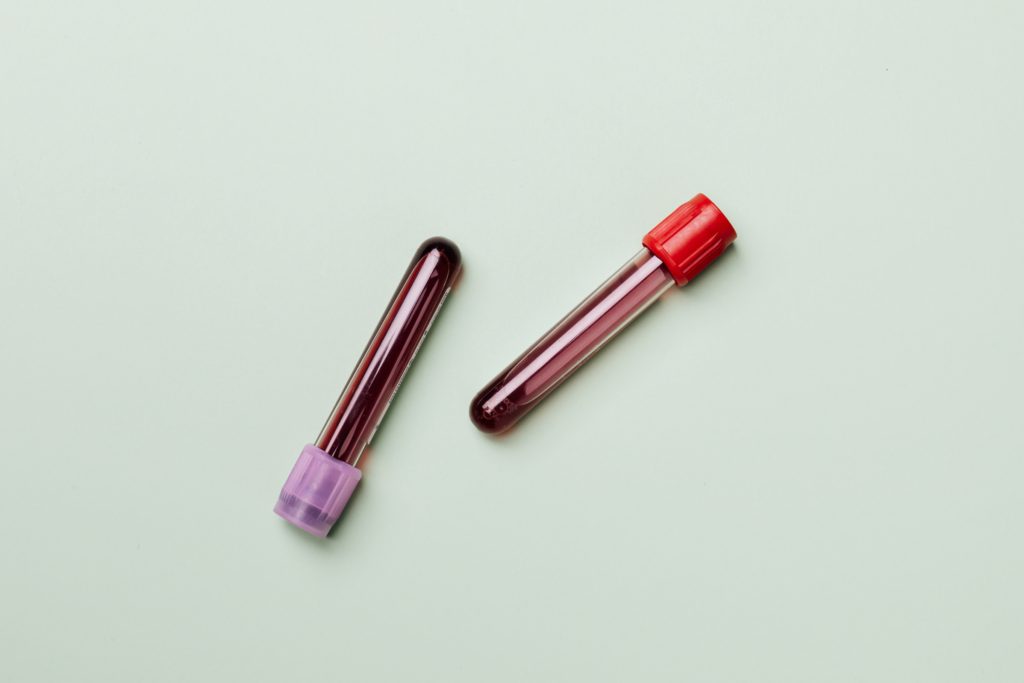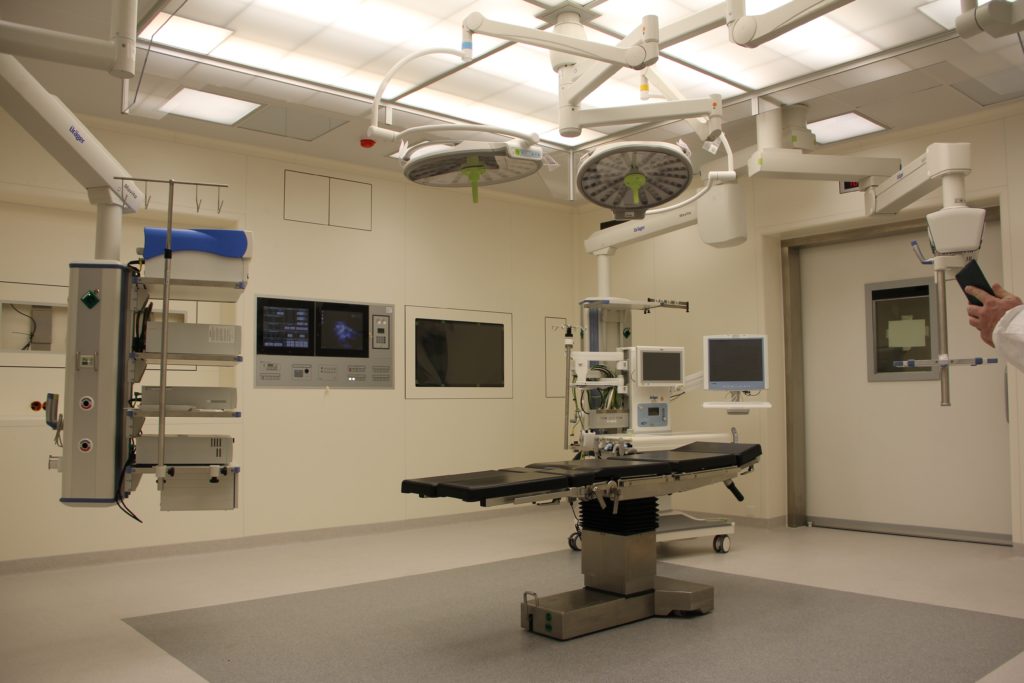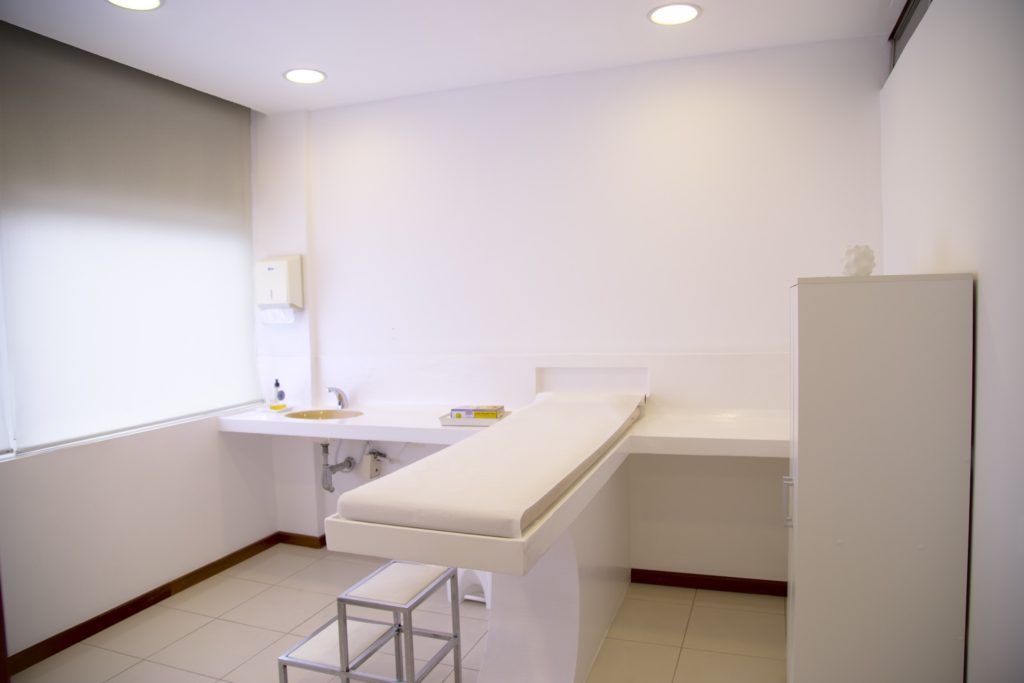When my gastroenterologist noticed I wasn’t responding to any medications for my ulcerative colitis and when she discovered I had elevated liver numbers in September 2017, she had me do three non-invasive tests to try to see if I had PSC.

1. FIBROSpect Specialty Blood Test
We started with the simplest test: a FIBROSpect blood test by Prometheus Biosciences. This specialty blood test can help detect and stage your level of liver fibrosis.
There are four stages of liver fibrosis. Unfortunately, this test is limited because it either tells you if you’re in Stage 1 OR in Stage 2, 3, or 4. So if your results are the latter, you don’t know if you’re in Stage 2, 3, or 4. If your results are the former, you’re either in Stage 1 or you don’t have the disease at all.
(I think now the test can differentiate between some of the stages, but when I took this test in September 2017 the scoring was more vague).
FIBROSpect Results
My results said stage 1, which meant I either had mild fibrosis or no fibrosis at all. After receiving these inconclusive results, we moved onto the next non-invasive testing: an abdominal ultrasound.
2. Abdominal Ultrasound
Now, an ultrasound isn’t typically used to diagnose PSC, but my GI was thorough and wanted to cover all the bases, which I appreciated. Additionally, an ultrasound can get a look inside your liver and surrounding organs to see if anything else looks abnormal.
Ultrasound results
And for me, something did. In October 2017, I read my results on my patient portal, my heart thumping: “Mildly echogenic fatty liver” and “Fatty infiltration and hepatocellular disease.”
“Hepatocellular disease” means any disease that negatively affects the liver. So, although this did not diagnose PSC, it did show that I had excess fat in the liver.
Since we still did not have an official answer, my GI ordered an MRCP.

3. MRCP
An MRCP (Magnetic Resonance Cholangiopancreatography) is a non-invasive imaging test that analyzes your liver, gallbladder, bile ducts, and pancreas. MRCP testing is a common method to help diagnose PSC patients.
In the waiting room, I had to drink a disgusting glass of barium sulfate—a solution that reduces signal from the bowel so that the bile ducts can be seen more clearly. Then, I laid in the machine for about 45 minutes as they took the images of my biliary tree, gallbladder and pancreatic duct (MRCP). This was in November 2017.
MRCP Results
Surprisingly, everything came back normal. My results said, “No bile duct abnormalities noted” and stated that there were no hepatic lesions and no defects in any bile ducts inside or outside the liver.
My doctor explained that if I did have PSC, it was likely in its very early stages, which can make it difficult to see in an MRCP.
What All These Test Results Meant for My PSC Diagnosis
Even though my FIBROSpect blood test and MRCP came back normal, we still knew something deeper was at play because of the elevated liver numbers and my fatty liver discovered in the ultrasound.
Read about the next step my doctor and I took to figure out if I had PSC.
Read the Rest of My PSC Diagnosis Journey






Leave a Reply